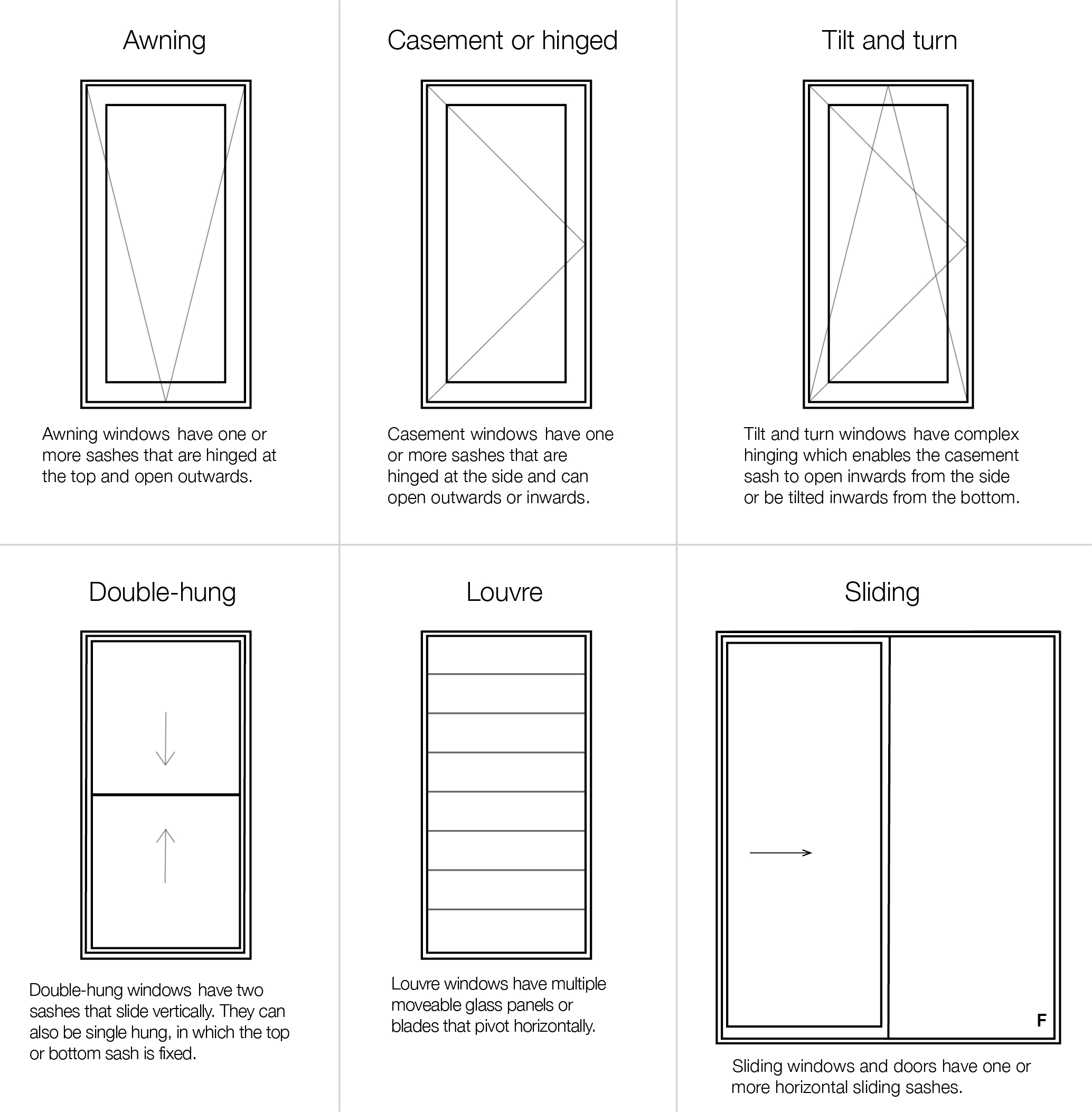All Categories
Featured
Table of Contents
Benefits Of Replacing Double Glazing Windows In The Summer in Iluka Perth
Laminated glass is typically utilized in areas in the home most vulnerable to injury from human impact such as restrooms, doors, around staircases and in locations close to the flooring (it satisfies the requirements of 'safety glass' that is mandated for use in these locations by Australian Basic AS 1288 Glass in buildings).
Toughened glass has been 'tempered' by being reheated and quickly cooled again. This process makes it much stronger than basic glass it can resist higher effect loads before breaking. It also makes it more secure because, when it does shatter, it breaks into numerous little cubic pieces instead of harmful shards.
Buy Double Glazed Upvc Sliding Doors In Sydney in Success Western Australia
Nevertheless, toughened glass has no thermal or acoustic advantages over other glass of the exact same toning or thickness. Secondary glazing is where single-glazed windows are retrofitted with a transparent acrylic or glass sheet connected to the within the frame or openable sash with a secondary frame or with magnetic strips.


Secondary glazing will not perform too thermally as a manufactured IGU, since it is impossible to totally seal the boundary, but it can offer excellent noise control. Window films are a thin polymer movie consisting of a soaking up color or reflective metal layer, with an adhesive backing. They stick to your glazing to change its colour or make it reflective.
Upvc Double Glazed Windows Australia in Girrawheen WA
Applied to existing glass, some window movies can halve the general SHGC of the window by taking in and/or showing solar radiation. This can be particularly beneficial in hotter environments where cooling is the main concern, or on east and west elevations directly exposed to long durations of sunshine. Window movies might likewise reduce visible light transmittance.

For this reason, it is normally best to use a certified installer of window movie. Frames have a considerable effect on the thermal efficiency of doors and windows, because energy can be gotten and lost through the frame, as well as through the glass. Different kinds of frame will permit different levels of heat gain and loss, so mindful choice of frame is important for reliable passive style.
How Are Double Glazed Windows More Energy Efficient? in West Swan Perth
Nevertheless, aluminium is also a great conductor of heat and will decrease the insulating value of a glazing unit, unless specifically crafted to decrease this. A 'thermally broken' frame is comprised of 2 aluminium areas connected by a structural insulator (usually a low-conductivity structural polymer). This 'breaks' the thermal connection through the aluminium and decreases the heat flowing through the frame.
They can be costly, but rates are reducing as they become more common. Lumber frames are a great natural insulator that can fit some home styles. Timber frames should be made from species that have naturally high durability or be dealt with to avoid decay and contortion. Inspect that the timber is sourced from a sustainably managed forest.
Glazing in Mirrabooka Perth
(weather condition removing) is installed.
u, PVC windows and doors have outstanding thermal efficiency Image: Ben Wrigley (Light House Architecture and Science) Composite frames use aluminium profiles on the external areas with either a timber or u, PVC inner section. These integrate the low upkeep and sturdiness of aluminium with much improved thermal performance.
Table of Contents
Latest Posts
Does Double Glazing Reduce The Heat In Brisbane's Summer? in Spearwood Western Australia
Save Energy With Double Glazed Windows in Hocking WA
Triple Glazing – Pros & Cons in Ocean Reef Western Australia
More
Latest Posts
Does Double Glazing Reduce The Heat In Brisbane's Summer? in Spearwood Western Australia
Save Energy With Double Glazed Windows in Hocking WA
Triple Glazing – Pros & Cons in Ocean Reef Western Australia